Sterling Hayden: An Unconventional Life
Sterling Hayden led an adventurous, unconventional life that rivaled any cinematic role he played. An actor, author, and seafarer, Hayden extolled the virtues of marijuana, named fellow actors in the Communist witch-hunt of the 1950s, and waged a nasty, highly publicized custody battle for his children. And while he once claimed that he “never knew what the damn hell [he] was doing” on the silver screen, he starred in some of film noir’s greatest offerings, including The Asphalt Jungle (1950) and The Killing (1956).
Born Sterling Relyea Walter on March 26, 1916, the future actor’s first love was not celluloid, but the sea. While still a teenager, he sailed aboard a schooner from Connecticut to California, and later sailed to a variety of locales, including Tahiti and Iceland. His path to Hollywood is unclear – in one version, Paramount execs convinced him to take a screen test when they spotted his photo in a travel magazine, and in another, a crewmate sent his photo to nearly every studio in Tinseltown until it caught the attention of producer E.H. Griffith. He debuted on screen in 1941 where, billed as “Stirling” Hayden, he appeared in Virginia with Fred MacMurray and Madeleine Carroll. The following year, Hayden and Carroll secretly wed. The marriage didn’t last, however, and after his service in WWII, the couple divorced. (“The wartime separations and other stresses had ended the marriage. We met one last time, in Paris, in 1946,” Hayden wrote in his 1963 autobiography, “and we knew, without knowing why, without much discussion, that the marriage had dissolved.”)
In 1947, Hayden took the matrimonial leap again, this time wedding Betty deNoon, a Pasadena dress designer. The two went on to have four children, Christian, Dana, Gretchen, and Matthew. Career-wise, he appeared in such features as Blaze of Noon (1947), where he played a flying circus family member, El Paso (1949), a western starring John Payne and Gail Russell, and his first film noir, Manhandled (1949). In this rather weak entry in the noir realm, Hayden played an insurance investigator trying to unearth the killer of a wealthy socialite. The film was universally panned by critics, but Hayden rebounded in his next noir, The Asphalt Jungle (1950). Here, Hayden was outstanding as Dix Handley, one of a motley crew of characters assembled to pull an intricately designed jewel heist. Like the best laid plans of mice and men, however, the scheme goes awry – one of the hoods is accidentally shot during the robbery, the leader of the gang is captured by police while trying to flee, and Dix is mortally wounded, dying just as he reaches a farm field in the South he loved.
Hayden’s effective, low-key presence in Asphalt Jungle was hailed by reviewers, but the film failed to serve as the break he’d expected. “I thought that would crack everything wide open. I’d just sit back and be turning down offers,” he said. “Well, I got a few, but none good.” Not only was he unsatisfied with his film career, but around this time, the actor found himself embroiled in the efforts of the House Un-American Activities Committee to unearth Communism in the motion picture industry. After admitting that he’d joined the party in 1946 – and later renounced his membership – Hayden named a number of others, including screenwriter Abraham Polonsky, who penned the noir classics Body and Soul (1947) and Force of Evil (1948). Hayden later came to regret what he termed his “one-shot stoolie show,” and wrote in his autobiography that he was “a real daddy long-legs of a worm when it came to crawling. Not often does a man find himself eulogized for having behaved in a manner that he himself despises.”
Meanwhile, Hayden was seen in such films as The Star (1952), which starred Bette Davis as a one-time Oscar winner whose career is on the decline; Johnny Guitar (1954), an existential western starring Joan Crawford and Mercedes McCambridge; and two more entries in the film noir cycle, Crime Wave (1954) and Suddenly (1954). In the first, Hayden played a tough-talking, toothpick-chewing cop, and in the second, he was a small-town sheriff determined to stop a planned assassination of the president of the United States. His performance in Crime Wave earned mixed reviews but for Suddenly, he was lauded for his “calm virility and poise” and “authoritative hand[ling]” of the role.
Hayden returned to noir two years later with one of noir’s greatest offerings – The Killing (1956). Like The Asphalt Jungle, The Killing brings together a mixed bag of criminals – an ex-con, a racetrack cashier, a bartender, a cop – for a carefully planned crime. Hayden played Johnny Clay, the ex-con who masterminds the crime, but who lacks a contingency for the double-cross by the cashier’s young wife and her lover. At the film’s end, Johnny almost gets away with the loot from the heist, but in an ironic twist, is forced to watch his ill-gotten gains literally blow away in the wind.
Back on the right side of the law, Hayden starred in a late noir entry in 1957, Crime of Passion, playing a police lieutenant whose wife abandons her successful journalism career following her marriage. When the bored housewife – portrayed by Barbara Stanwyck – becomes focused on furthering her husband’s career, she finds herself involved in the “crime of passion” of the film’s title – and it is her husband’s duty to find the killer.
Away from the big screen, Hayden was about to enter one of his most infamous adventures. Divorced from Betty deNoon for three years, in 1958, he made plans to take his children on a year-long sailing trip in order to make a “television adventure film” on the South Seas. DeNoon filed an affadvit in Superior Court seeking to prevent Hayden from taking the children on the trip, as well as to gain custody of their four children, who had continued to live with their father since the divorce. Hayden countered with the revelation that he’d had deNoon investigated prior to their divorce and uncovered evidence that she had “engaged in intimacies with approximately six men.”
After a 20-day hearing, a Superior Court judge ruled that Hayden would maintain custody of the children, but that he could not take them on the planned cruise. Despite the ruling, Hayden set sail with his four offspring, not returning until nearly a year later, and then only because his “money ran out.” In January 1960, the actor entered a plea of guilty for defying the court order, but he explained to the judge that he “had to make a . . . choice between being in contempt of court or becoming in contempt of the children’s best interests. [The trip] seemed the lesser of two evils.” He was given a suspended sentence of five days in country jail and a $500 fine and, amazingly, the judge condemned Betty deNoon, stating that she had “almost continuously harassed and bedeviled [Hayden] by a mass of repetitious and unsuccessful court proceedings.”
After this episode, Hayden married wife number three, Catherine Denise McConnell, with whom he later had two boys. In his typical unconventional style, Hayden spent half of each year with his wife and children in Connecticut, and the other half living alone on a Dutch canal barge in France, called the Who Knows. In 1963, he released his autobiography, Wanderer, which was praised as “beautiful” and “superb.” He again demonstrated his writing prowess in 1976, when he published Voyage, a 700-page epic novel of the sea. As with his first book, Voyage earned widespread praise – the reviewer for Time called it a “somber study of the human condition.”
While he wasn’t writing or spending time on the Who Knows, Hayden continued to turn in acclaimed performances in such films as Dr. Strangelove or: How I learned to Stop Worrying and Love the Bomb (1964), The Godfather (1972), The Long Goodbye (1973), and Winter Kills (1979), and television features including The Blue and The Gray (1982), in which he played John Brown. In 1972, however, the actor – a longtime heavy drinker – suffered what he termed a “complete breakdown.” It wasn’t until the start of the next decade that Hayden conquered his battle with the bottle, but he frankly reported that he had replaced his drinking with marijuana and hashish.
“The main thing right now is to bring the booze under control,” Hayden told a Toronto Sun reporter in 1980. “Grass is all I do now. Grass and hash. Grass came into me and said take it easy. That’s why I love it so much.” Eight months after that interview, Hayden was arrested at the Toronto International Airport after more than an ounce of hashish was found in his luggage by customs officials. The drug possession charges were later dismissed.
In 1982, Hayden was the subject of an acclaimed documentary, Pharos of Chaos, which showed his life aboard the Who Knows. The film on the actor’s life was his last appearance on screen. On May 1986, Hayden died following a lengthy battle with cancer. He was survived by his wife, Catherine, and his six children.
With his memorable performances in such films noirs as The Asphalt Jungle, The Killing, and Suddenly, Sterling Hayden proved to be one of the era’s archetypal performers. And his adventures – and misadventures – off the screen only made him larger than life.
“He was like a force of nature; an element,” writer Howard Skiles said of Hayden in 1976. “That he could also act – really act, bring a true character to life on the screen – was sort of like putting a few stray diamonds on top of a solid-gold Cadillac.”







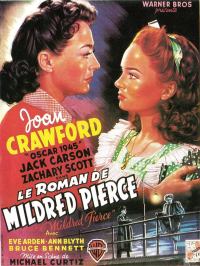




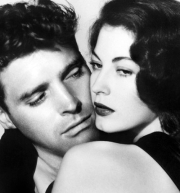













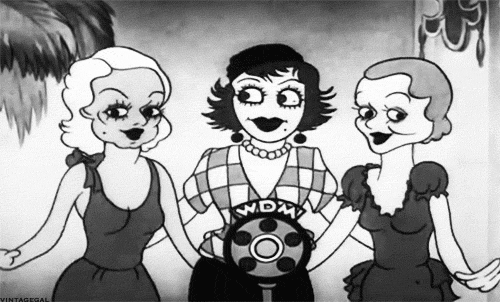
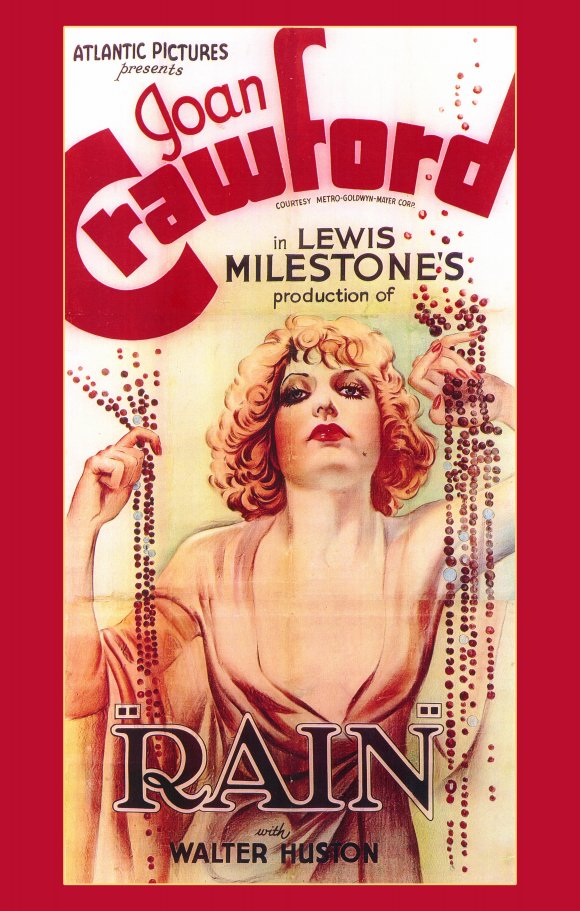

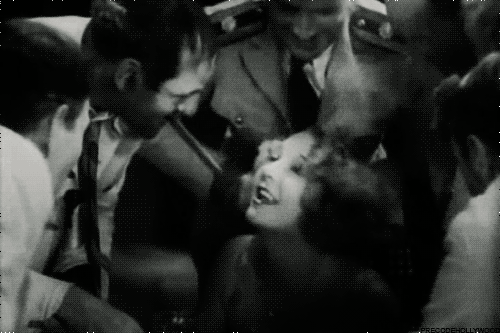
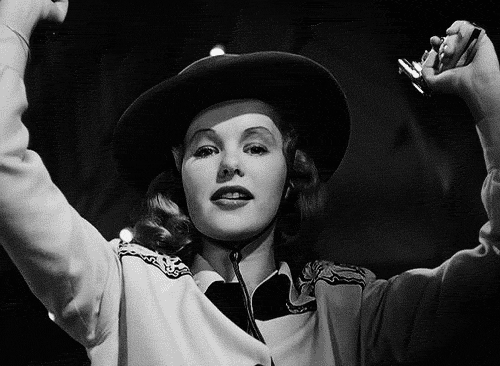

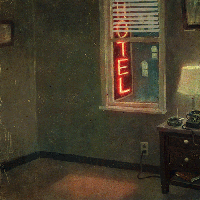
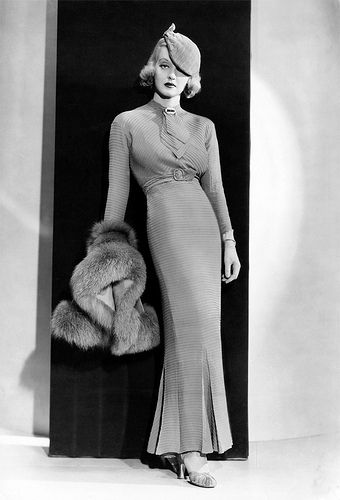


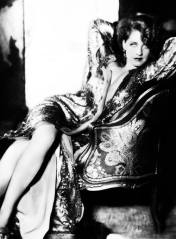
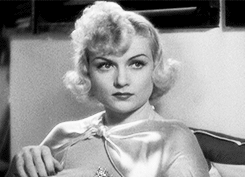





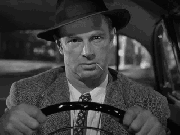
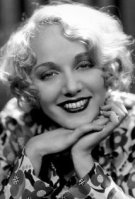
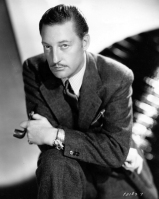
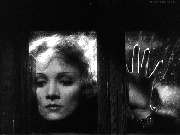


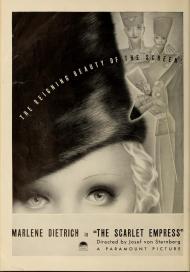
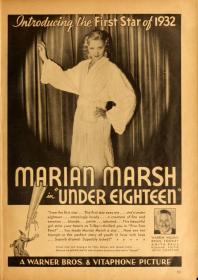
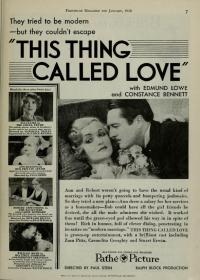


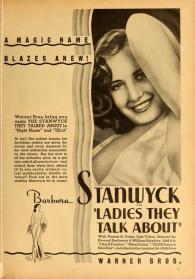


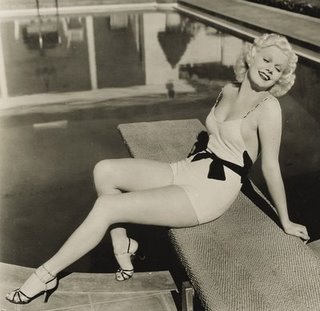




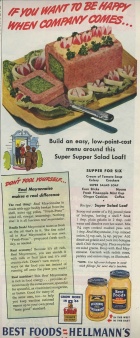
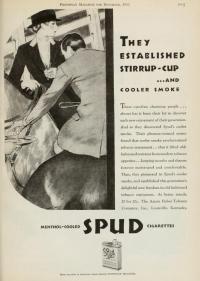

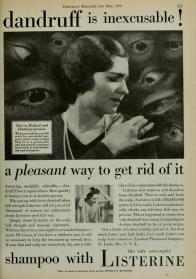
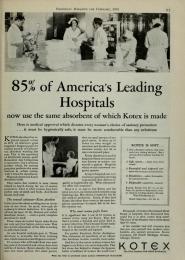
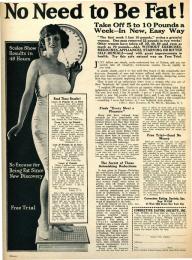


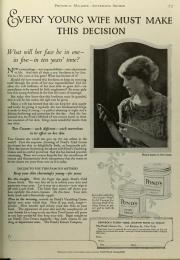
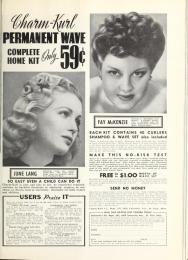
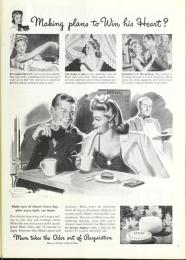


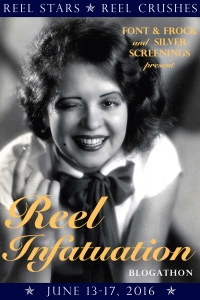

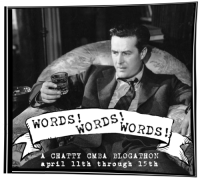

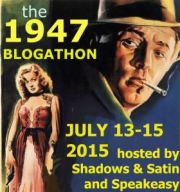
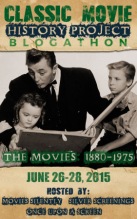



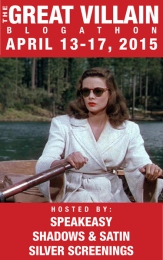

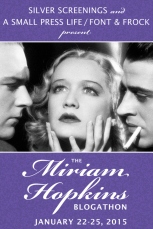
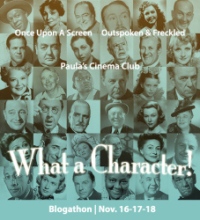
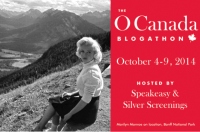



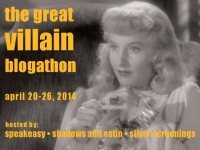
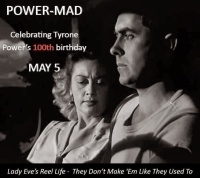


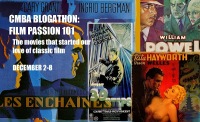
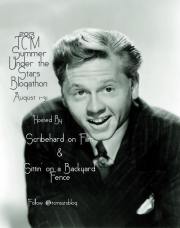



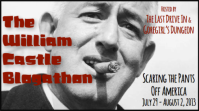

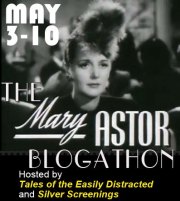


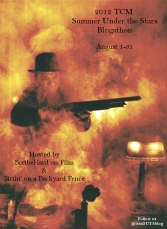


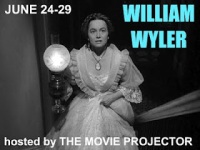

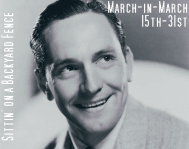
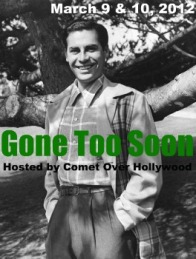


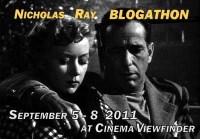

Here is an interview clip of Hayden from 1983 by Philippe Garnier. Notice how he talks about not knowing ANYTHING about acting until he worked with John Huston.
Thanks for the clip, Alan!
Again: A well written and insightful post. Thanks for your great work!
Thank you so much, Jorn! And I’m still working on those top 10 lists! Just wanted you to know I haven’t forgotten. 😀
Hayden also turned in an interesting performance in the 1957 film ZERO HOUR, in which he tough-talks Dana Andrews into landing a plane in distress. Offscreen, he lived an incredible life – it would make a great movie! Enjoyed reading your excellent post.
Thank you so much for the compliment — I’m glad that you enjoyed reading it. I have never seen Zero Hour — I will have to keep an eye out for it, especially since I am also a Dana Andrews fan. And you’re right about Sterling Hayden’s life making a great movie — wow!
airplane was based on zero hour.
Yes, I’d heard that! In fact, I taped Zero House about a year ago, with plans to watch it primarily because I’d heard that a lot of Airplane came from it! I need to bump it up on my must see list . . .
Wow. What an insightful post! “The Asphalt Jungle” is in THE BOOK, so eventually I’ll be getting to it. As for “The Killing”, I saw it years ago and almost immediately bought it on DVD. I thought it was a fantastic film and honest to God, to this day, I still cite it as one of Kubrick’s best films. A lot like to argue with that, but I stand by that opinion. This post also reminded me of the very gorgeous Madeliene Carroll. It’s a shame their marriage disolved, I’m sure they made a handsome couple. Again, great stuff Karen!!
Thank you for your kind words, Andrew! I’m with you on your assessment of The Killing — it’s simply outstanding. It is one of the noirs I think of first when I list my favorites. No matter how many times I see it, I appreciate its greatness.
How great are these movies. Asphalt Jungle is def. at the top of my list. Crime wave was the first of this kind of film I ever saw when i was young, havent seen that one in a while. quality wasnt the greatest so may be out of print. According to wikipedia, it was Kubrick’s inspiration for the killing. Learn something new every day 🙂
I totally agree about Asphalt Jungle — plot, characters, dialogue — it’s got it all!
Jeff Bridges to play him in a movie.. that would be perfect!
What a great idea! I can totally see Jeff Bridges as Sterling Hayden — and what a great movie it would make.
It was no witch hunt ,there were Communist in Hollywood , Hollywood still seems to prefer to romanticize Communism with movies like The Way We Were and Reds and to save its greatest opprobrium for those who called attention to the Communist subversion and infiltration problem. – See more at: http://henrymakow.com/2013/03/Elia-Kazan-The-Continuing-Communist-Whitewash.html#sthash.dYX8iTiT.dpuf
Thanks for the link!
[…] and small screens. One of them is one of my favorite lesser-known noirs, Naked Alibi (1954), with Sterling Hayden and Gloria […]
[…] profile on Sterling Hayden wasn’t terribly controversial, but it did attract an interesting comment about the House […]
Where may one view more of this interview? My mother,a lifelong admirer,still dreams of the day he gave a long glance at her blue eyed blonde MarilynMonroe looks at a Wanderer booksigning.
Nick Nolte would be the choice for a bio of him,even now as Hayden older.
Hi, Bridget — which interview are you referring to? I took quotes from a number of different sources, and I’d be glad to try to find whichever one you looking for. Nick Nolte as Sterling Hayden — intriguing!
[…] his career, to the casual observer, seemed successful, his personal life was troubled. After returning from […]
Historicist: “An Exceptional Man” | culture | Torontoist said this on January 24, 2015 at 11:10 am |
A very interesting man who was as tough off screen, as he was onscreen.
He was in some great film noirs, especially “The Killing” and “Suddenly”.
Unlike John Wayne, he was the true epitome of an All American Hero.
Hi, Rob — you’re so right about Hayden’s fascinating off-screen life, and his great noir performances. His story is one of my favorites.
[…] simply a convenient guise, a mocking echo of the clown mask donned by heist ringleader Johnny Clay (Sterling Hayden) during the climactic […]
Why wasn’t his autobiography ever made into a movie? Wonder whatever happened to his stepdad? Betty seems almost impossible to research like she came out of thin air only to return there. Wonder if her kids with Sterling were close to her, especially after his death? Anyway, his autobiography seems much better than Erroll Flynn or any other that I have read over the last seventy years.
Hi, Richie — All great questions! I wonder if Hayden’s life was so wild that it wouldn’t have been believed! Or maybe because he just wasn’t as well known to modern audiences as many other actors of his day. It sure would be interesting to hear from Betty and the children, too.